Medical history is replete with instances where well-intentioned proposals for medicines turned out to be disastrous or had severe unintended consequences. While these ideas may have seemed promising at the time, hindsight reveals their flaws and the importance of rigorous scientific scrutiny. In this article, we explore 12 bad medicine proposals from the past, highlighting the lessons learned from these cautionary tales.
1. Thalidomide (1950s)
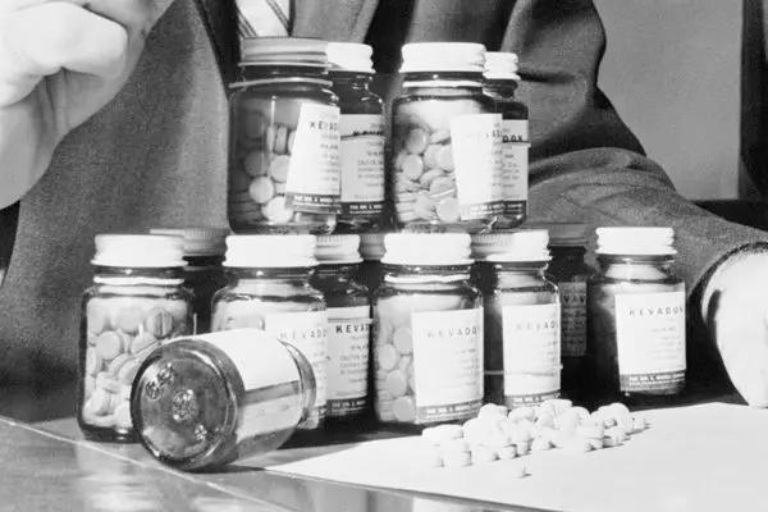
Thalidomide, once hailed as a wonder drug to alleviate morning sickness in pregnant women, resulted in severe birth defects. This catastrophe underscored the significance of comprehensive preclinical testing to ensure drug safety.
2. Diethylstilbestrol (DES) (1938-1971)
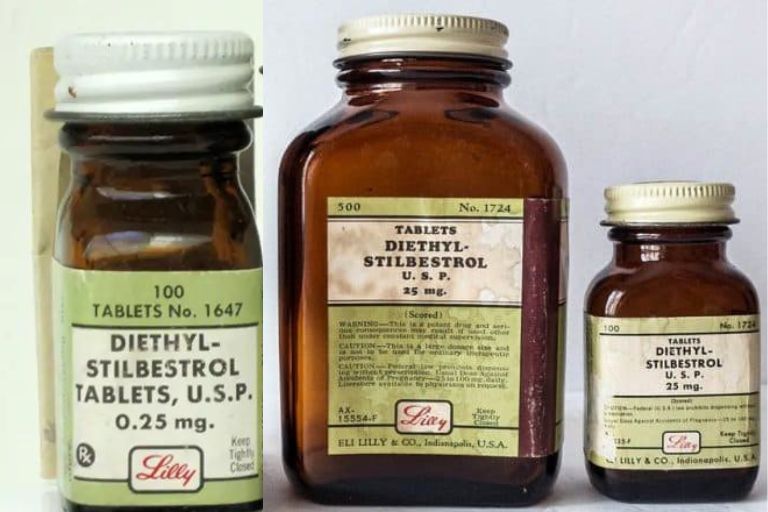
DES was prescribed to pregnant women to prevent miscarriages. However, it later led to an increased risk of reproductive abnormalities and cancer in their offspring. This episode highlighted the need for rigorous clinical trials and long-term follow-ups.
3. Fen-Phen (1990s)

Fen-Phen, a combination of fenfluramine and phentermine, was marketed as a weight-loss drug. Subsequently, it was discovered that fenfluramine caused heart valve damage. This incident emphasized the importance of monitoring drugs for potential adverse effects.
4. Radium Water (Early 20th century)
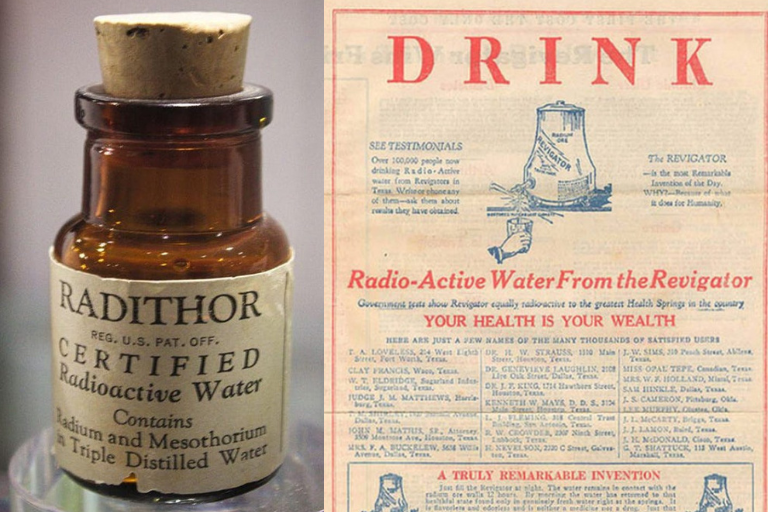
Radium-infused water was touted as a cure-all elixir, even though it exposed people to dangerous levels of radiation. The case of radium water serves as a stark reminder of the necessity to base medical interventions on scientific evidence.
5. Laetrile (1970s)

Laetrile, a substance derived from apricot pits, was claimed to have anti-cancer properties. Despite the lack of scientific evidence, it gained popularity as an alternative cancer treatment. This example highlights the dangers of unproven remedies and the importance of evidence-based medicine.
6. Premarin (1942-2002)
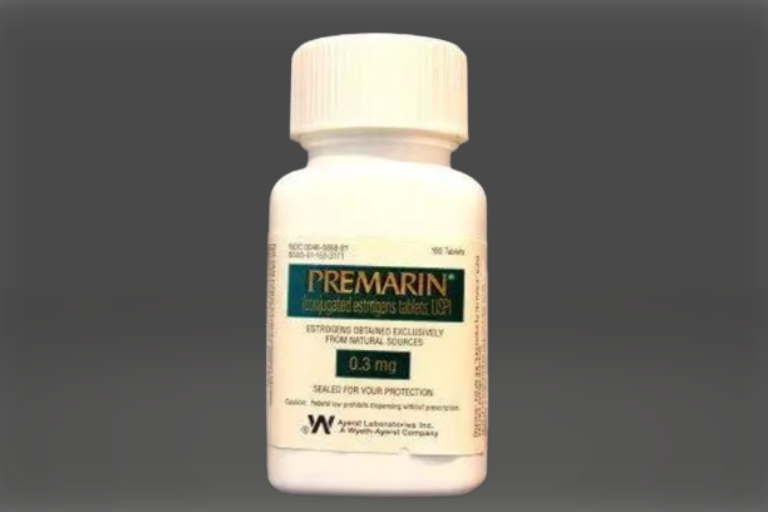
Premarin, an estrogen-based hormone replacement therapy, was commonly prescribed to menopausal women. However, subsequent studies linked it to an increased risk of heart disease, stroke, and breast cancer. This incident emphasizes the need for ongoing research and vigilance in evaluating the long-term effects of medications.
7. Opioids (Late 1990s-present)

The overprescription of opioids for pain management led to an epidemic of addiction and overdose deaths. This crisis exposed flaws in pharmaceutical marketing practices and highlighted the importance of responsible prescribing guidelines.
8. Thioamides for Hyperthyroidism (1940s)
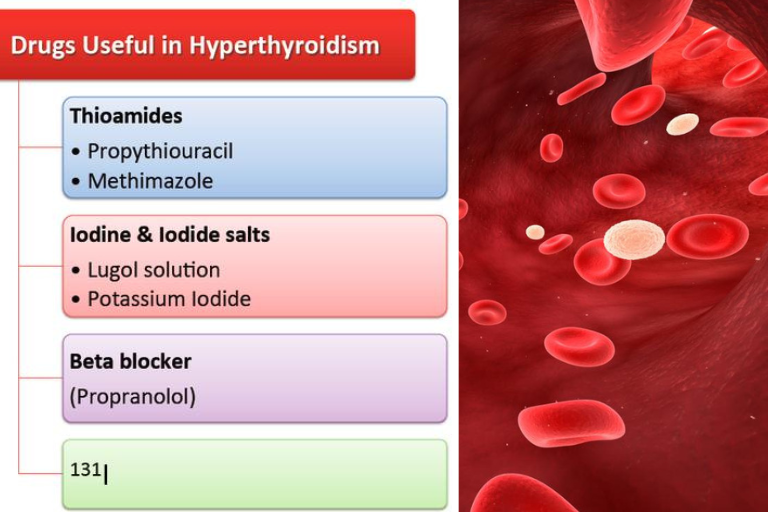
Thioamides were widely used to treat hyperthyroidism but had a high risk of causing agranulocytosis, a potentially fatal blood disorder. This example underscores the significance of balancing the potential benefits and risks of medications.
9. Diethylene Glycol (1930s-1940s)
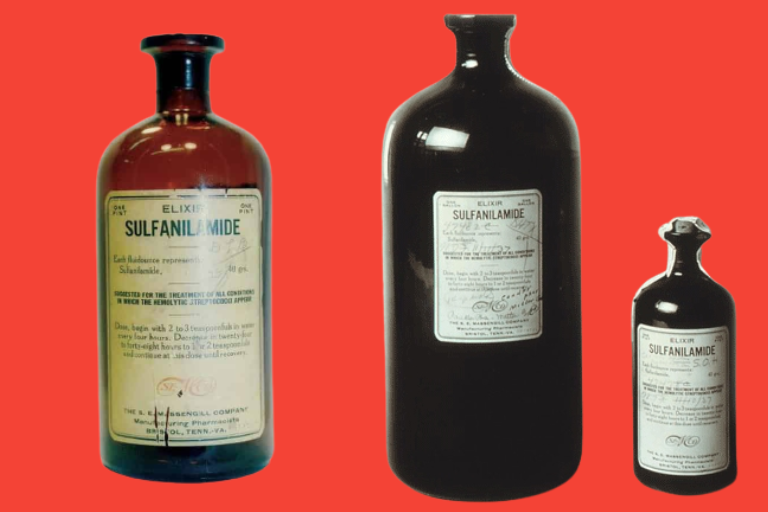
Diethylene glycol, a toxic substance used as a solvent, was mistakenly used in various medications, leading to numerous deaths. This tragedy emphasizes the importance of stringent quality control measures and drug safety regulations.
10. Phlogiston (18th century)
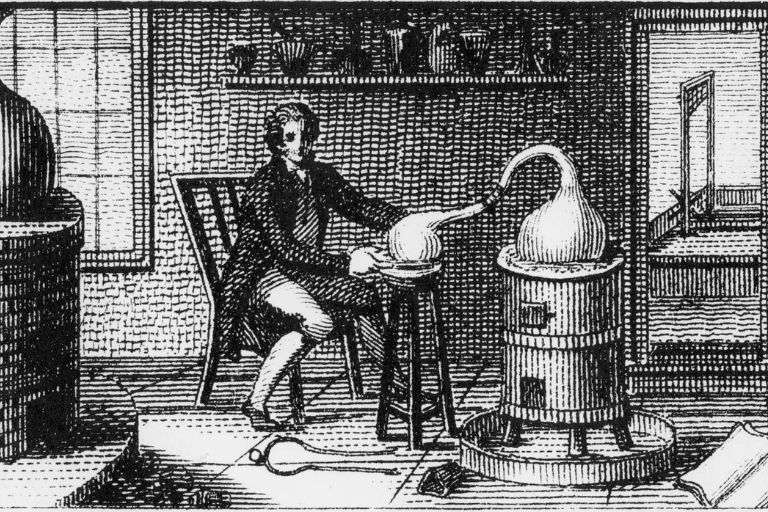
Phlogiston theory, which proposed a fire-like element present in all combustible materials, influenced medical practice for years. However, it was eventually debunked, highlighting the need for scientific rigor and skepticism in evaluating theories.
11. Electroconvulsive Therapy (ECT) Abuse (Mid-20th century)
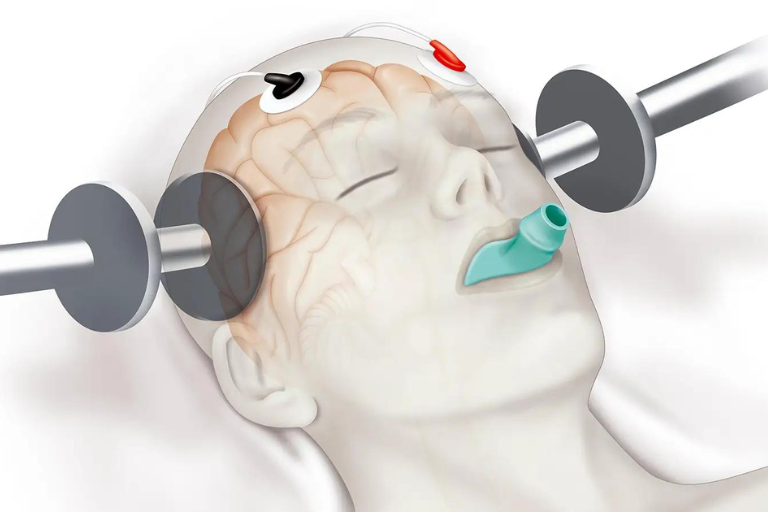
ECT, a potentially beneficial treatment for severe depression, was misused and administered without proper consent, causing harm to patients. This serves as a reminder of the importance of ethical considerations and adherence to guidelines in medical interventions.
12. Mercury-based Medications (Ancient times-19th century)
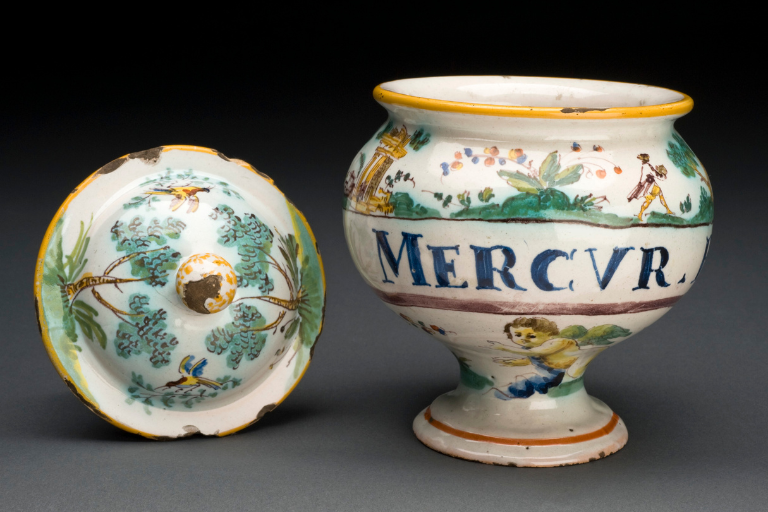
Mercury was historically used in various forms as a medicinal treatment, despite its toxicity. The use of mercury compounds in medicines contributed to numerous adverse health effects, reinforcing the necessity for evidence-based practices.



GIPHY App Key not set. Please check settings